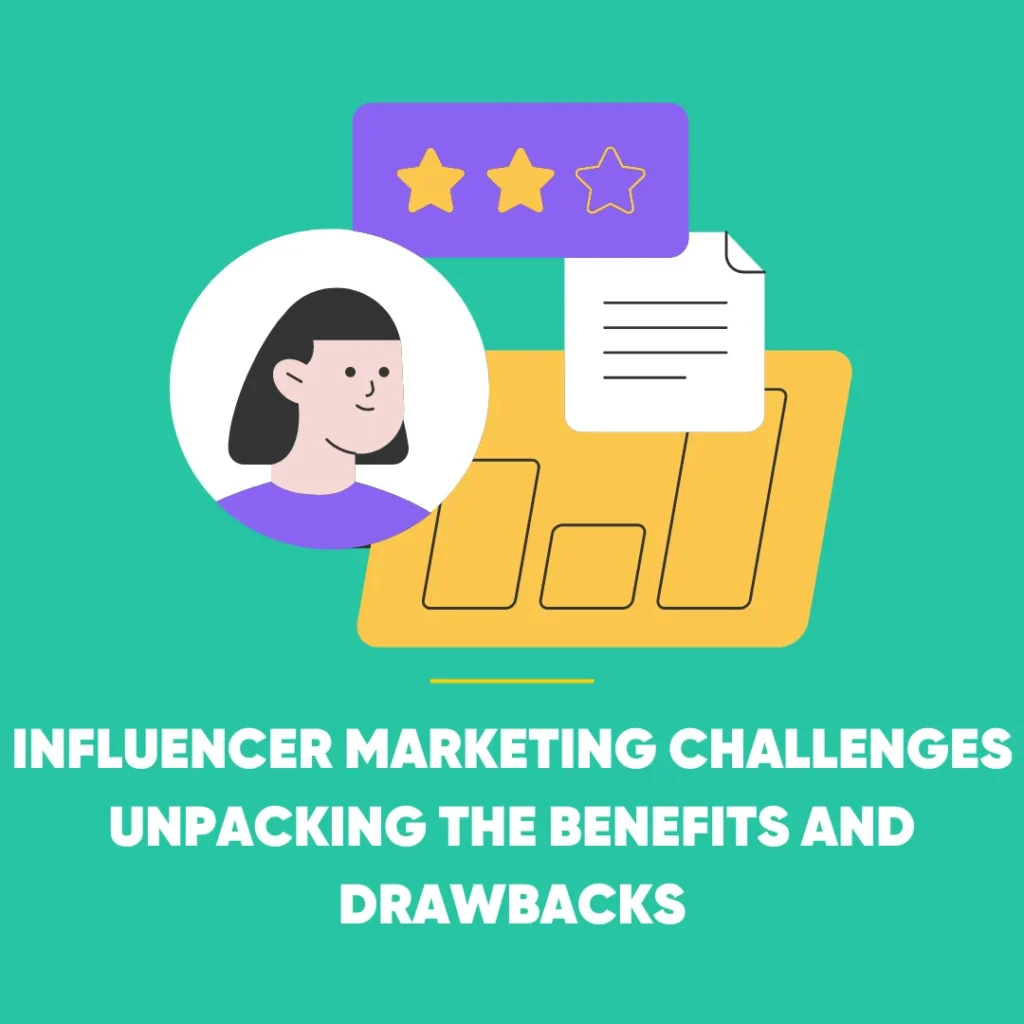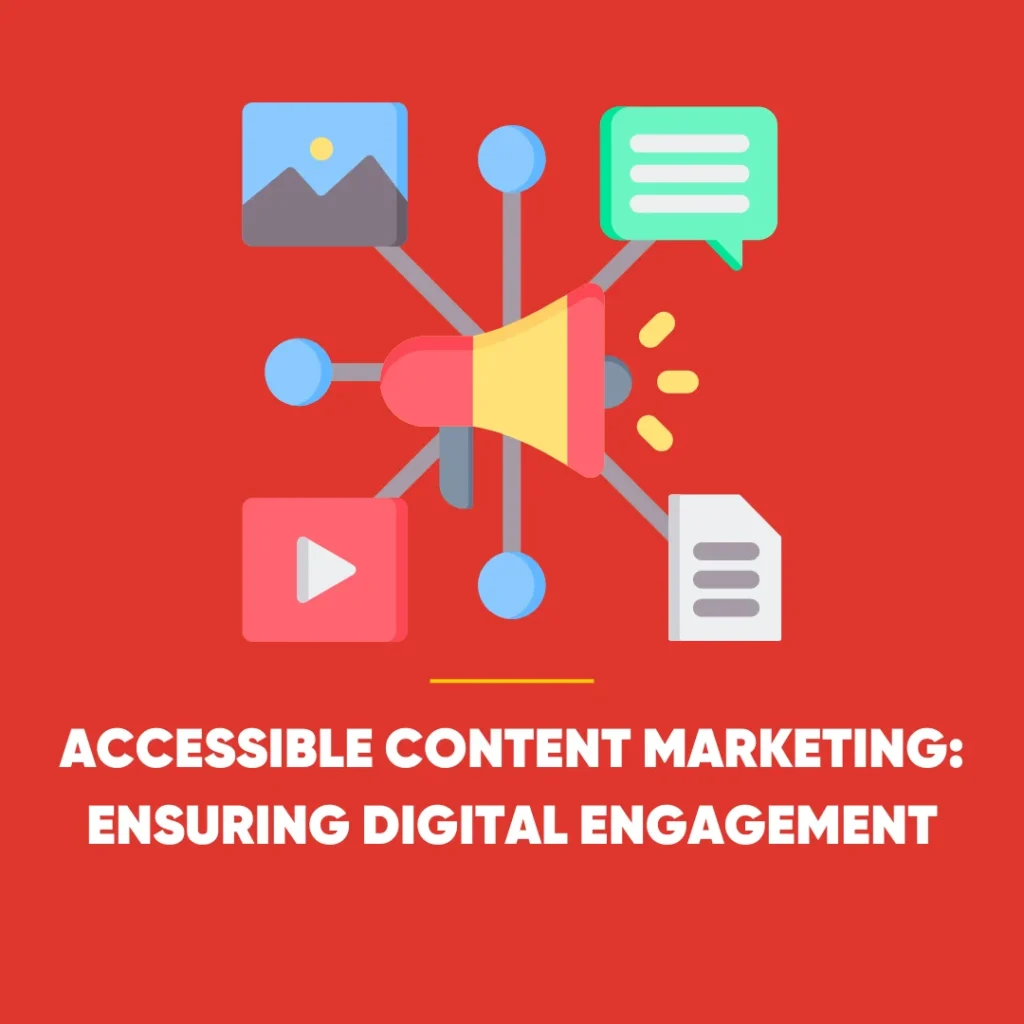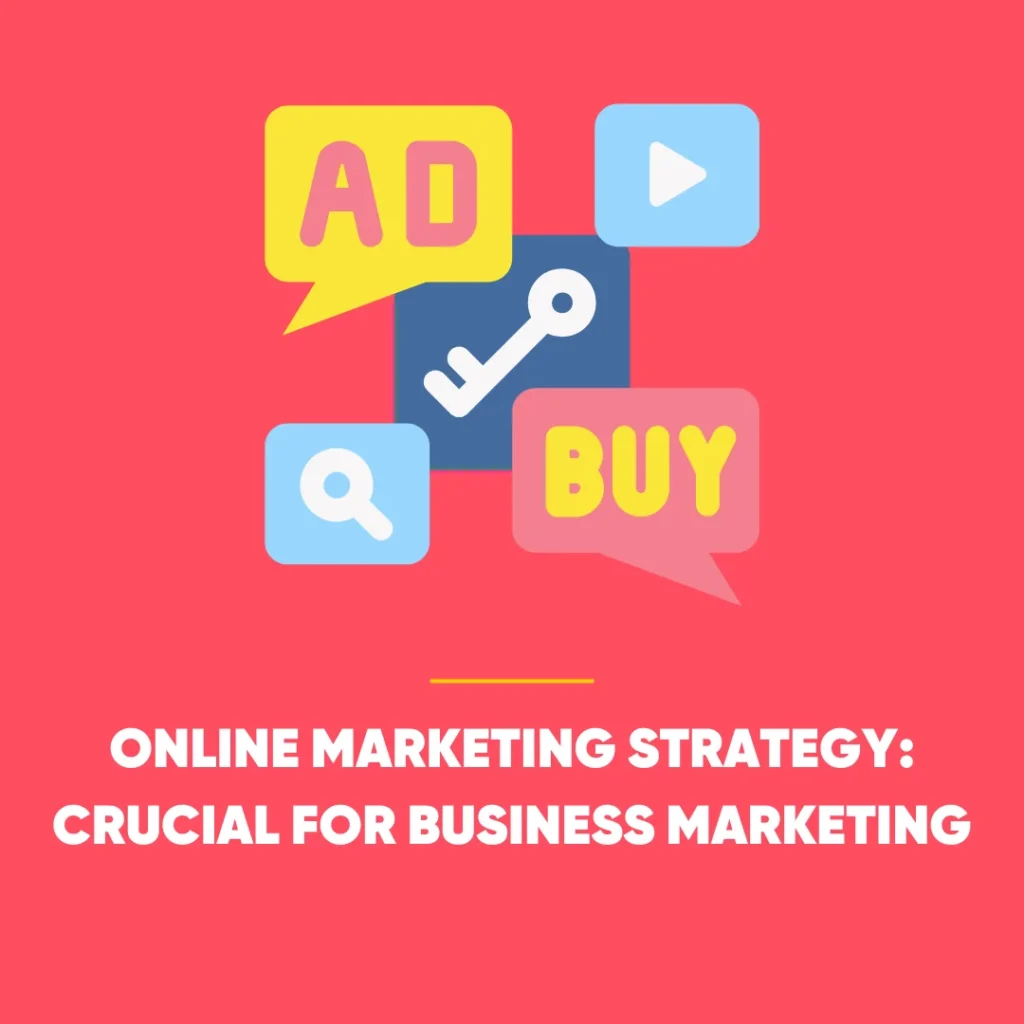Working in the B2B space can be somewhat different from working directly with everyday consumers. Generally, in B2B, your customers are more educated, your products and services are more specialized, and there are few customers out there.
Although the B2B market functions differently than B2C, many of the same rules apply. It is important to understand your customer, current trends, and have enticing marketing materials. Many people in the B2B space complain that marketing is less fun than B2C, but it doesn’t have to be that way!
Creating marketing content for your B2B operations should be exciting and engaging. Outside of the professional world, your B2B clients are still normal consumers and will respond to the same tricks that are used by the best consumer brands like Apple, Disney, and Nike. Below are a few tips on bringing your B2B marketing content to the next level.
Educate Your Clients
One of the benefits of working in B2B is that your clients are likely looking for your product or service already. When creating marketing content, you should aim to teach your audience about how your product or service will benefit them. It is likely that your clients are taking time out of their workday to read or engage with your content so you should make it as easy as possible for them to understand the return on investment they will receive when working with you.
Understand Your Client’s Goals
When you’re trying to create unique and engaging content, it is easy for your message to get lost in the process. The marketing material you create should be able to answer the client’s needs.
The problems your product or service aims to fix are part of your brand storytelling, and thus, should be clear in your messaging. Does your product boost productivity? Does your service cut down on unnecessary costs? These questions should be easily answered in your content.
Diversify Your Marketing Content
Diversifying isn’t just good investment advice; it can be applied to many aspects of running a business including your marketing strategy. Even the best digital marketing experts will tell you that mixing up your marketing channels as well as the type of content you are sending out to the world is the only way to have consistent returns from your marketing strategy.
When creating your marketing strategy, you should consider all forms of communication such as email, cold-calling, social media content, and more. Over time, you will be able to analyze which methods have the best returns which will allow you to optimize your strategy moving forward.
Segment Your Audience
Knowing who your clients are and how they operate is half the battle. While your target market may be broadly defined as businesses who need life insurance, the more you can segment your clients the better. Even simple segments such as splitting your clients into small and large businesses, or by industry, can help you tailor your marketing materials to help you become a more effective marketer.
But don’t just stop at the basic segments. In the B2B world, you will notice that your clients and points of contact will have different buying behaviors. Maybe some are old school and prefer a phone call, or maybe you’re dealing with a fast-paced agent who would rather have a short email brief to read on their own time. Regardless of the client you’re trying to engage, the more you know about them, the better.
Expand Your Content’s Reach
The tricky thing about B2B content is that it is not relevant to a broad audience. When Nike writes an article about a new shoe technology or holiday special, their content has mass appeal. In the B2B world, content can circulate a little bit slower.
One way to expand your content’s reach is to post your content on other websites and platforms. Using sites like Medium can allow you instantly reach an audience of millions and drive traffic to your site. This will help your website’s SEO and can help drive customers to your business.
Make Your Content Visually Engaging
On average, 90% of the information your brain processes is visual information. This means that no matter what your B2B content is about, you should have some sort of visuals.
The use of visuals can be very powerful. Charts and graphics can help educate your clients and emphasize a certain part of your marketing pitch. Even tactics like using a stock image to elicit an emotional reaction can set your clients in the right mindset when reading your content.
Convey a Strong Brand Story
Whether you’re selling cyber security software or pizzas, your marketing content should be designed to take your audience on a journey and tell a story. Every brand has a story and getting down to the emotional and true reason for why you’re selling your product or service will help your customers trust your company and feel compelled to work with you.
Your brand story should be authentic and relatable. If you’re in cyber security, you can talk about how you got into the business to help stop cybercrimes in your area. If you’re in life insurance, you can talk about how you want to create a pleasurable customer experience compared to your competitors.
Grow With Your Audience
When creating marketing content, it is easy to fall into the same habits and stay engaging. While some strategies may have worked in the past, you don’t want to burn out your audience by using the same format repeatedly.
To keep your marketing materials fresh, it’s important to grow with your audience. That could mean trying new social media platforms like TikTok or mixing up your existing content by adding more personal stories rather than product or service testimonials and reviews.
Take Your B2B Marketing Content to the Next Level
Marketing content for B2B can seem kind of boring on the surface, but that couldn’t be farther from the truth. Your B2B clients are still everyday consumers that respond to engaging visuals, new forms of media, and require fresh ideas to stay interested.
B2B marketing is very exciting if you let it. There are tons of ways to diversify your business from your competitors that can help you reach new audiences and grow your organization.









